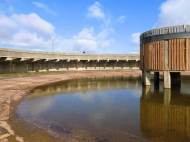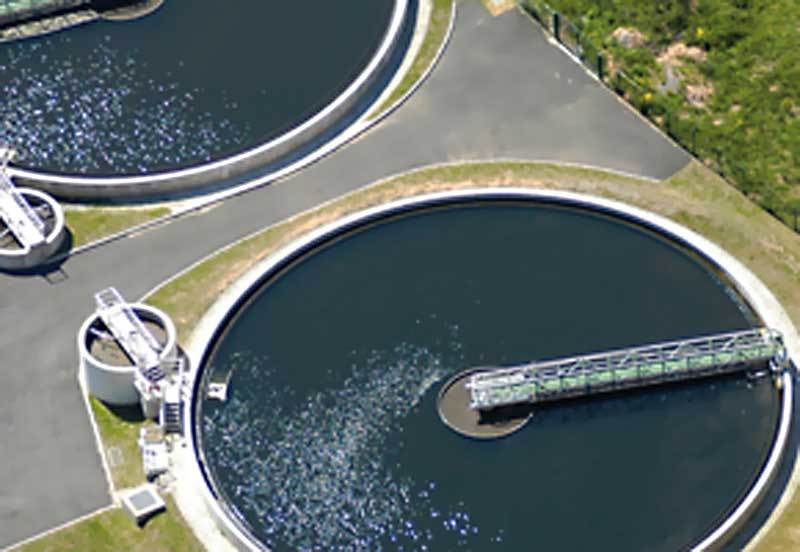OptimEDAR – a smart solution for wastewater treatment plants
 A group of scientists and engineers within EU-funded project named OptimEDAR have developed equipment that could be improve the efficiency of waste water treatment plants. This system would enable plants to cut energy use by up to 25 percent, while increasing nutrient removal by up to 20 percent. After conducting more tests, researchers hope that the system will be installed in plants all across Europe.
A group of scientists and engineers within EU-funded project named OptimEDAR have developed equipment that could be improve the efficiency of waste water treatment plants. This system would enable plants to cut energy use by up to 25 percent, while increasing nutrient removal by up to 20 percent. After conducting more tests, researchers hope that the system will be installed in plants all across Europe.
Wastewater treatment plants are designed to remove biological or chemical waste products from water, thereby permitting the treated water to be used for other purposes. There are more than 65,000 waste water treatment plants in Europe and each of them serves as an essential service to local communities.
According to the project coordinator Sergio de Campos from ADASA Sistemas, a Spanish water and environmental monitoring company, the prototype of the novel system addresses current operational, regulatory and technical weaknesses that are reducing the efficiency of waste water treatment plants across Europe.
Wastewater treatment plants are designed to deal with the average water flow and composition from the towns. However, the amount of organic waste changes constantly during the day and weekends, as well as between seasons. Towns relying on tourism struggle with significantly increased population during main visiting seasons.
Despite the fact EU regulations require that wastewater treatment plant output must be sampled once a month, the samples are not necessarily an accurate indicator of the plant’s entire output. All plants have a system that removes the nutrient and organic load. Since small and medium-sized plants are not always controlled by workers, aeration engines are often simply turned on and off at specific times, or according to the readings gathered by a dissolved oxygen sensor.
“But we know from scientific knowledge of the processes inside the tank, and practical experience, that there is a minimum set of parameters that can be measured with non-expensive sensors. With these sensors, OptimEDAR calculates the equivalent organic load, and controls the aeration process according to this ‘virtual’ information”, explained De Campos.
Engineers installed a prototype of the OptimEDAR system at a plant in Badajoz, Spain, and the results look promising. It reduced the time that biological blowers operate each day from 14-16 hours to 5-6 hours, while enabling the generation of denitrification and dephosphation cycles. De Campos pointed that it is certain that the energy savings and output improvements will of vary from plant to plant, according to each plant’s current efficiency levels.
In order to gather feedback about the OptimEDAR system performance, the research team plans to install the equipment at six different wastewater treatment plants in Spain and Romania. Information collected from these plants will enable the team to revise the specifications of the equipment and make it more suitable for every small or medium-sized waste water treatment plant in Europe.
For more information and technical details, check the “OptimEDAR Smart Wastewater Solution” brochure [763KB PDF]










Leave your response!